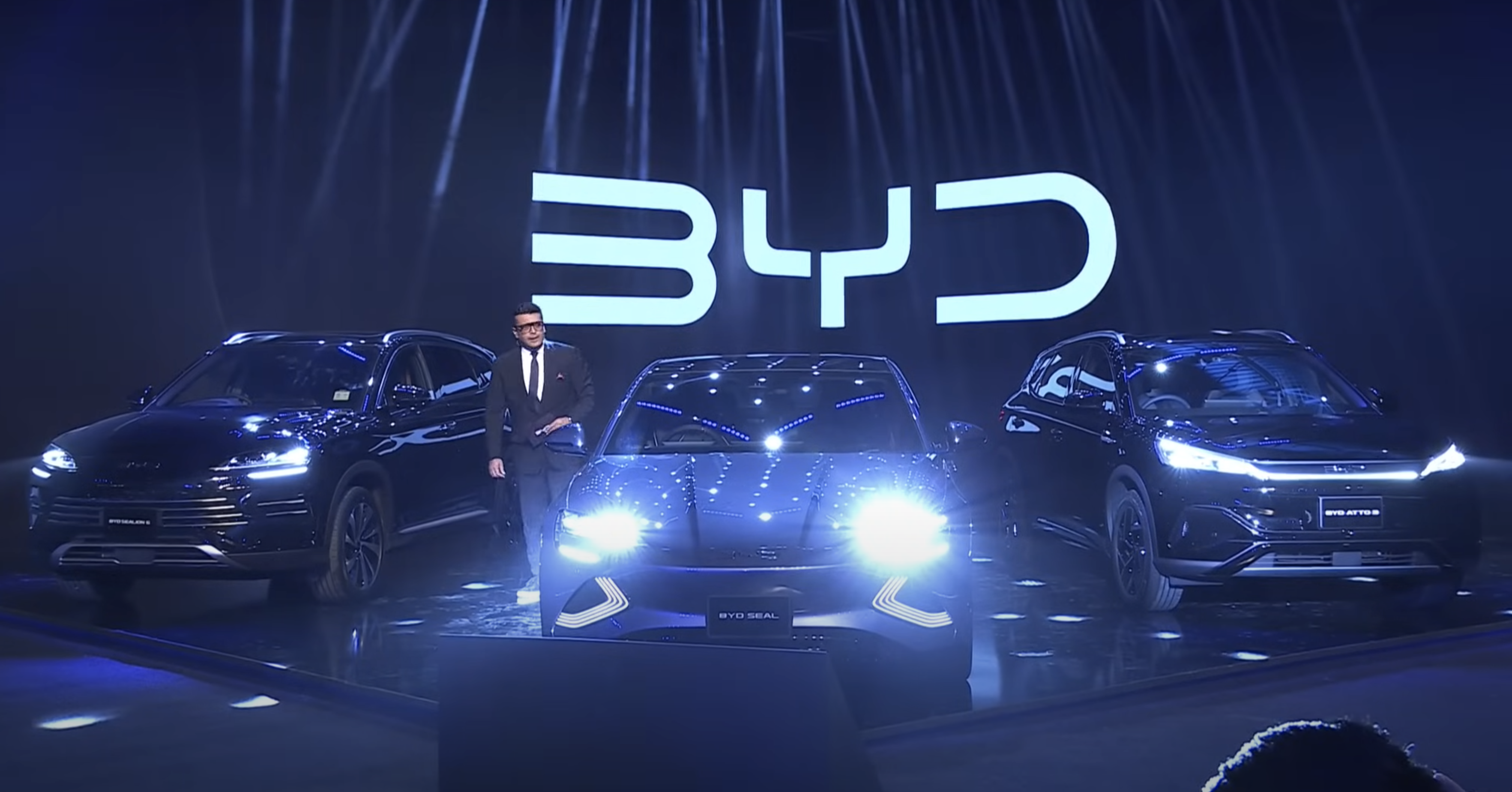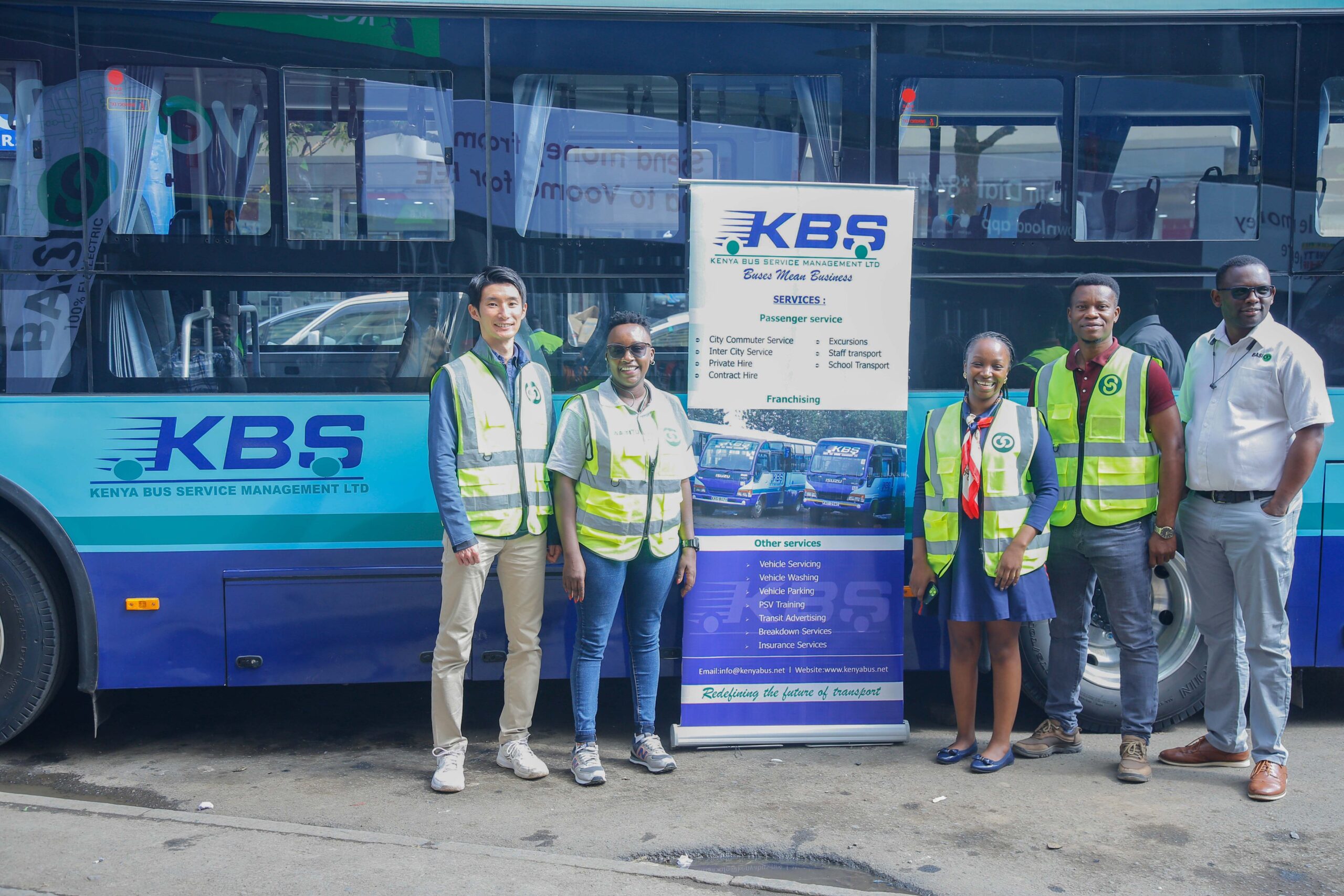
Reducing greenhouse gas (GHG) emissions, especially scope 1 and 2, is a primary concern for mining companies committed to net-zero targets.
To date, this has been achieved through shifting power sources, mainly by consuming a higher proportion of renewable energy, but also increasing the use of natural gas to transition away from higher-emission fossil fuels such as coal, diesel, and heavy fuel oil.
Focus on scope 1 and 2 emissions
There is increased recognition of the importance of addressing scope 3 emissions, however, the current focus for reduction remains on scope 1 and 2, as the former is more difficult to quantify and control, being involved in the broader supply chain – especially downstream.
Influencing factors include the type of minerals extracted, specific refining processes, regulatory environment, location, and the ultimate use and disposal of the end product. The latter is more immediate and controllable.
Scope 1 emissions are typically higher for mining companies due to the inherent nature of their activities, which include the use of heavy machinery, ore transportation, and various on-site processes.
Access the most comprehensive Company Profiles on the market, powered by GlobalData. Save hours of research. Gain competitive edge.

Your download email will arrive shortly
We are confident about the unique quality of our Company Profiles. However, we want you to make the most beneficial decision for your business, so we offer a free sample that you can download by submitting the below form
By GlobalData
Examples comprise the combustion of fossil fuels in vehicles, machinery, and equipment, as well as activities such as blasting and certain chemical reactions.
While scope 2 emissions may still contribute significantly, they are relatively easier to reduce.
Mining companies are increasingly moving in the direction of on-site power generation, where off-grid activity is possible, and the use of renewable energy sources.
Short and medium-term reduction strategies
Consuming a higher proportion of renewable energy is a primary way to achieve emissions reduction.
This shift is facilitated through purchase power agreements and, when grid power is unavailable where they operate, directly through on-site power plants.
Miners are increasingly transitioning away from fossil fuels and turning towards renewables for on-site power.
The dominant force in this shift is solar power, representing 63.8% of the on-site power in development, encompassing both operational and under-construction mines.
In contrast, wind power accounts for 3.4% of the upcoming capacity.
Notably, substantial solar investments are being concentrated in Africa and Australia.
Simultaneously, there is a growing adoption of liquefied natural gas as a strategic alternative to higher-emission fossil fuels in the mining industry’s energy landscape.
When looking at the medium term, electrification comes into play.
Diesel-fuelled mining vehicles are being gradually replaced by those powered by electric batteries or fuel cells.
Various miners have begun to implement electric fleets or initiate trials, partnering with original equipment manufacturers and incentivising cross-company initiatives.
Assessing emission reduction efforts in mining companies
Mining companies are particularly focused on addressing scope 1 and 2 emissions, with many having short-term targets to meet by 2030, as well as the objective of achieving net zero by 2050, or earlier.
While results have been mixed in the last few years, GlobalData (a leading data and analytics company) analysed the performance of 101 mining companies for the last reported year and observed an overall 1.55% decrease in scope 1 and 2 emissions over the 2021-22 period.
Among the best performers in 2022 was Antofagasta, which successfully achieved a 38.2% GHG emissions reduction primarily due to the shift of all its mining operations using power from 100% renewable energy in April 2022.
Meanwhile, BHP reduced its total scope 1 and 2 emissions by 24.1%, due primarily to reduced scope 2 emissions by switching 46% of its purchased power to renewables.
Another example is Anglo-American, which increased its share of renewable electricity from 46% in 2021 to 52% in 2022, helping to deliver an 8.3% reduction.
GlobalData looked further back over the 2018-2022 period for the 85 companies for whom data was available and found an overall 14.3% decrease in scope 1 and 2 emissions over five years.
Out of the 85, 42% of miners managed to reduce their emissions, with the most significant cuts from Vale, Barrick Gold, and Rio Tinto.



